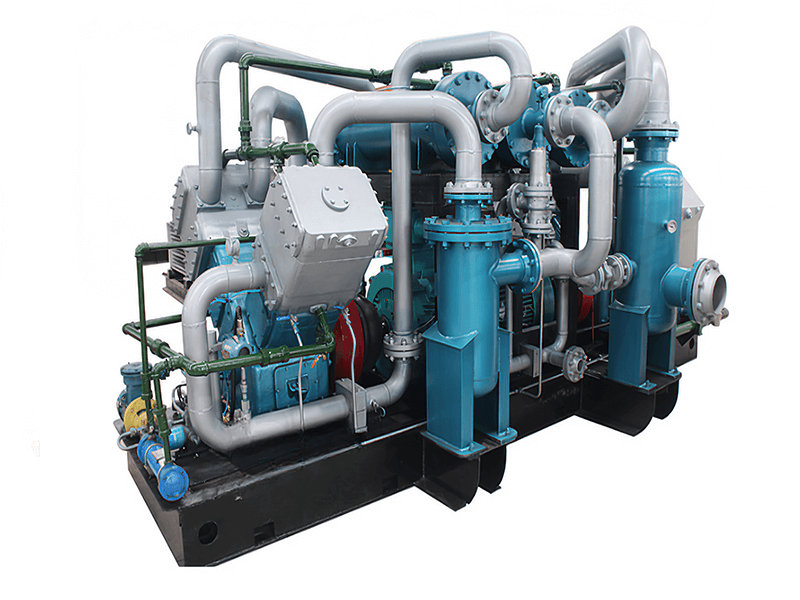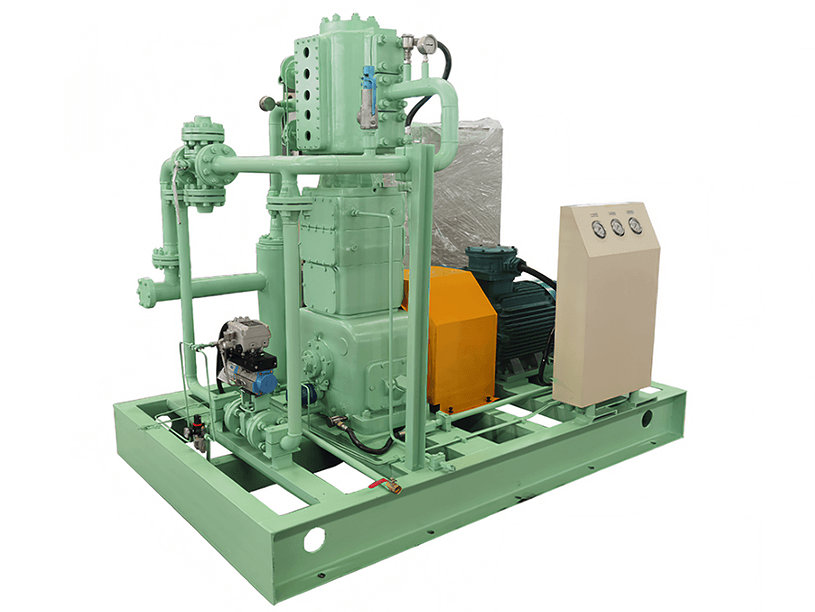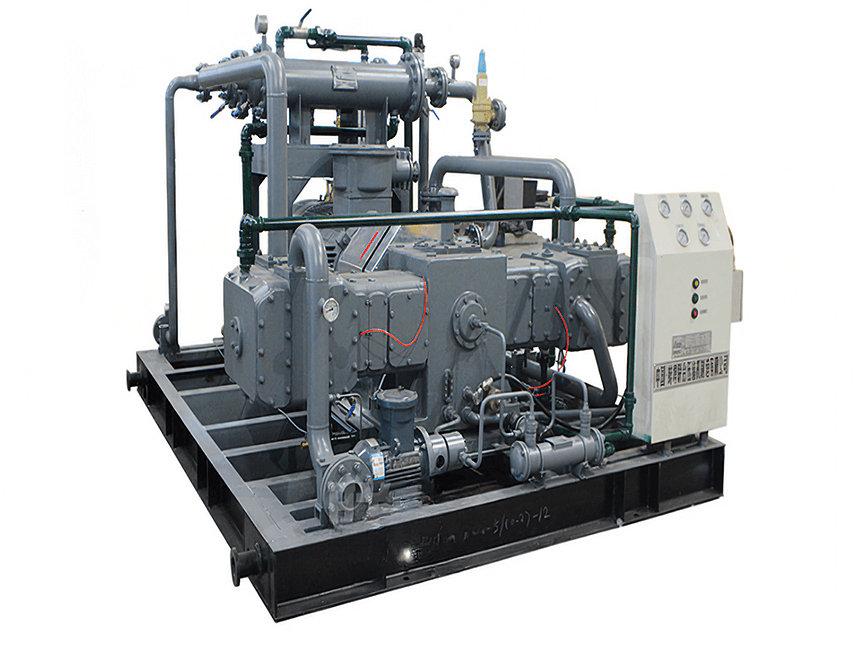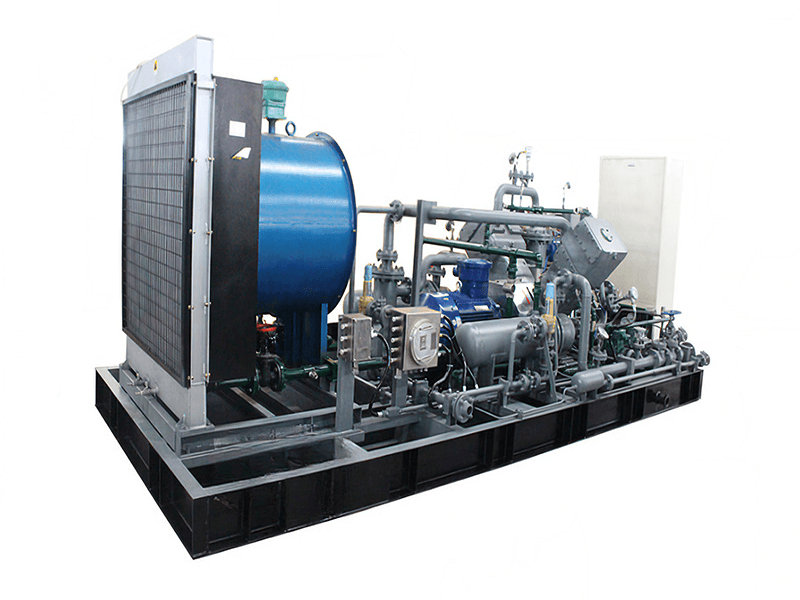【孟若羽黑人演的叫什么】最新入口
-
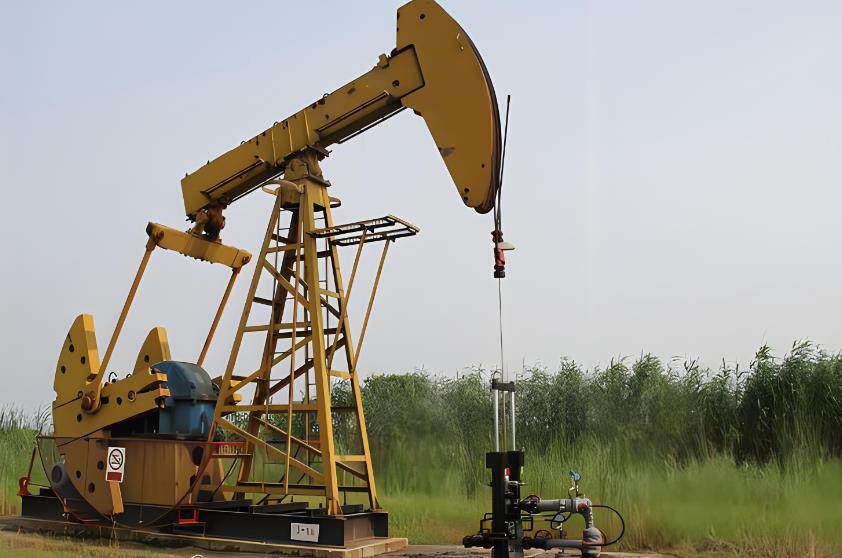
Types And Prices Of Wellhead Gas Compressors
Apr 11, 2024 -
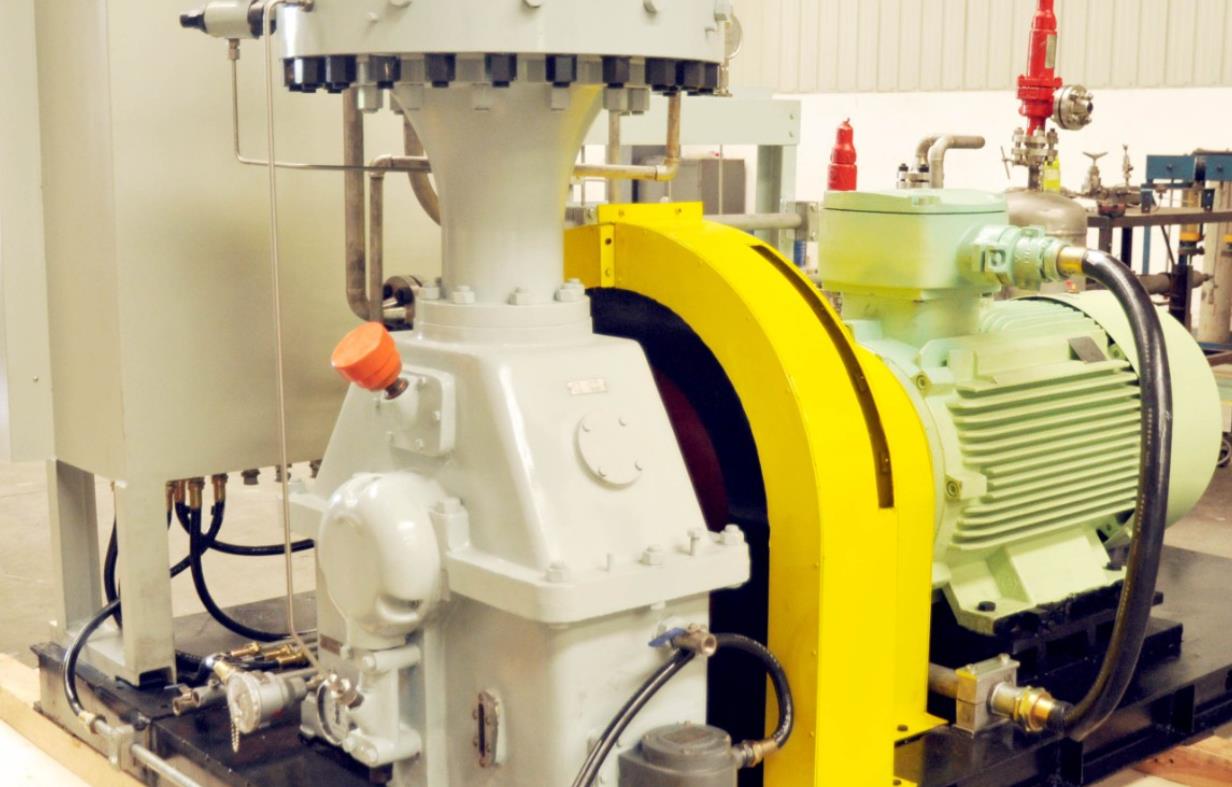
Types Of Nitrogen Compressors, And Their Approximate Prices
Apr 11, 2024 -

Components and price range of a chlorine compression system
Jun 18, 2024 -

Introduction to Components, Maintenance, and Working Principles of Rich Gas Compressors
Jun 05, 2024 -

Applications and industries where chlorine compression is needed
May 06, 2024 -

Components and maintenance of a hydrogen compressor
May 02, 2024
孟若羽黑人演的叫什么【乾坤易变】Jun 11, 2024
by:Anhui Shengnuo Compressor Manufacturing Co.,Ltd
Follow Us:
Associated gas refers to the natural gas that is produced along with crude oil during oil production. Many oil reservoirs contain significant amounts of natural gas, which is trapped in the same formation as the oil. When oil is extracted from the reservoir, the associated gas is also brought to the surface. Associated gas can vary in composition but generally consists of hydrocarbons such as methane, ethane, propane, and butane, along with other impurities like nitrogen, carbon dioxide, and trace elements. Associated gas can be utilized for various purposes, such as fuel for power generation, heating, or as a feedstock for petrochemical processes. If the infrastructure for gas utilization is not available or economic, the associated gas may be flared or vented.

【孟若羽黑人演的叫什么】注册登录
An associated gas compressor is a type of gas compressor specifically designed and used for compressing associated gas in the oil and gas industry. Associated gas, as mentioned earlier, refers to the natural gas that is produced along with crude oil during oil production.
When oil is extracted from a reservoir, the associated gas is also brought to the surface. To utilize or transport the associated gas effectively, it often needs to be compressed to increase its pressure. This is where an associated gas compressor comes into play.
An associated gas compressor is typically used to compress the associated gas to a higher pressure, making it suitable for various applications. These compressors are designed to handle the specific characteristics of associated gas, such as its composition, flow rate, and pressure requirements.
The compressed associated gas can be used for several purposes, including:
1. Injection: Compressed associated gas can be reinjected into the reservoir for enhanced oil recovery (EOR) or pressure maintenance purposes. It helps maintain reservoir pressure and improve oil recovery rates.
2. Utilization: Compressed associated gas can be utilized as a fuel source for power generation or heating in oil and gas facilities, reducing the need for external energy sources.
3. Transportation: Compressed associated gas can be transported via pipelines to other locations for further processing, distribution, or commercial use.
Associated gas compressors are crucial in ensuring efficient and effective utilization of the associated gas produced during oil production. They help optimize resource utilization, reduce waste, and comply with environmental regulations by minimizing flaring or venting of the associated gas.
【孟若羽黑人演的叫什么】平台地址
The functions of an associated gas compressor in the oil and gas industry can vary depending on the specific requirements and operational context. Here are some common functions of an associated gas compressor:
1. Gas Compression: The primary function of an associated gas compressor is to compress the associated gas to a higher pressure. This is necessary for various reasons, such as transportation, storage, or further processing of the gas.
2. Pressure Boosting: In many cases, the pressure of the associated gas produced during oil production may not be sufficient for its intended use or transportation. An associated gas compressor is used to boost the pressure to meet the requirements of downstream processes or pipeline transportation.
3. Gas Treatment: Associated gas may contain impurities such as water vapor, contaminants, or light hydrocarbons. The associated gas compressor can be equipped with gas treatment components, such as separators, filters, or scrubbers, to remove or reduce these impurities before compression.
4. Gas Recycling or Injection: In some cases, the associated gas may be recycled or injected back into the reservoir for various purposes. An associated gas compressor plays a crucial role in compressing the gas to the required pressure for reinjection or recycling, which helps maintain reservoir pressure, enhance oil recovery, or manage gas disposal.
5. Gas Utilization: Compressed associated gas can be utilized as a fuel source for power generation, heating, or as a feedstock for petrochemical processes. The compressor ensures that the gas is compressed to the appropriate pressure for efficient utilization in these applications.
6. Gas Transportation: Compressed associated gas can be transported via pipelines to other locations for further processing, distribution, or commercial use. The associated gas compressor helps achieve the necessary pressure for pipeline transportation, ensuring efficient and reliable delivery of the gas to its destination.
7. Environmental Compliance: By compressing associated gas, an associated gas compressor helps minimize flaring or venting of the gas, which reduces greenhouse gas emissions and waste. This function aligns with environmental regulations and sustainability objectives.
These are some of the key functions of an associated gas compressor, but it's important to note that the specific functionalities and features can vary depending on the design, application, and operational requirements of the compressor system in a particular oil and gas facility.
【孟若羽黑人演的叫什么】娱乐全站

Hi! Welcome back.
How are you doing?
Let s talk! We’ll provide the perfect solution for you!

Since its establishment, ASC Compressor has focused on comprehensive solutions for Oilfield industry, CNG/LNG industry, Environmental protection, and Industrial compression. It has excellent quality in designing, researching, producing and manufacturing.
- Quick Link > Home > Products > Applications > News > About > Contact
-
Contact Us
- E-Mail: [email protected]
- Tel: +8618098536798/+86(0)5633698699
- Fax: +86(0)5633698699
-
Address:
No. 17 Xingye Road, Economic Development Zone, Xuanzhou District, Xuancheng City, Anhui Province, China






